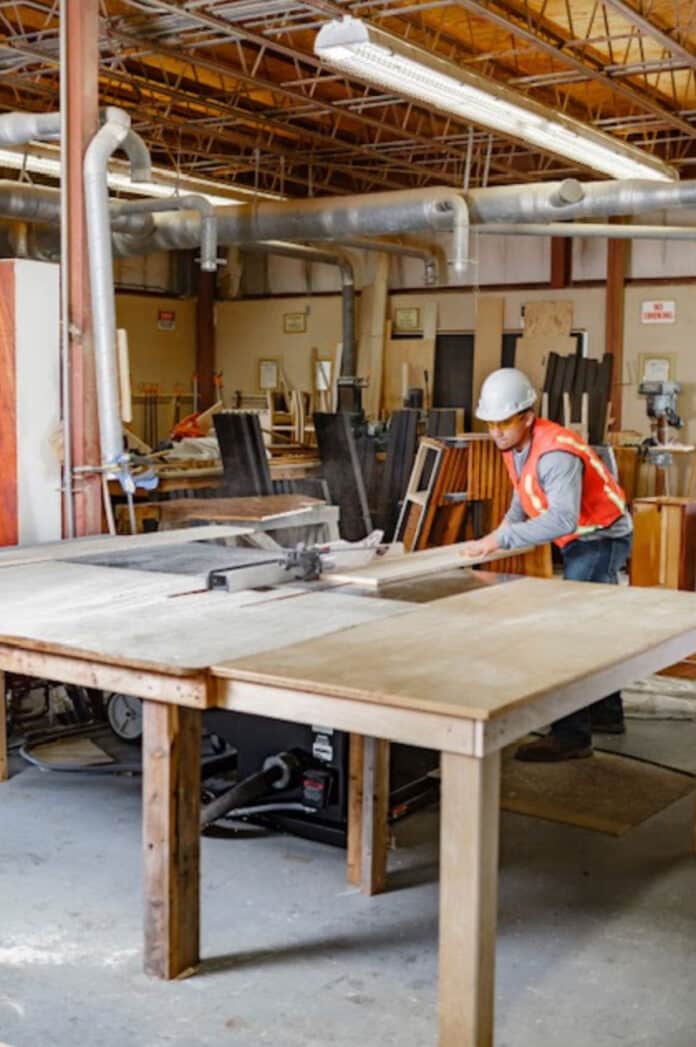Hands-on work with lumber is essential to Texas State Technical College’s Building Construction Technology program.
And as students hammer, nail and saw to create a range of projects, program instructors are keeping an eye on the dollars and cents of lumber.
“We use the cheapest framing lumber we can find for our framing projects,” said Rick Vargas, lead instructor in TSTC’s Building Construction Technology program. “We do still purchase treated lumber when needed to show the students exactly how it should be done, but that does take a big chunk out of our budget to get it.”
Prices for softwood lumber have undergone a 73 percent unadjusted increase from January 2020 to January 2021, according to the U.S. Bureau of Labor Statistics’ Producer Price Index.
“Lumber prices do seem to just keep climbing up, but thankfully we’ve been ordering slightly more than what we need so we can create a small stock of lumber when we need it,” Vargas said. “We do not have a lack of projects in the shop, which the students love because they can always work on something to learn.”
Lumber prices have caught the eye of some national construction organizations.
The National Association of Home Builders has attributed price increases to not enough domestic production of lumber. John C. Fowke, the NAHB’s board chairman, asked in a Jan. 29 letter to President Biden to end tariffs on Canadian lumber shipments into the United States.
The Associated General Contractors of America, which has a Rio Grande Valley chapter in Harlingen, has said the slowdown in the supply chain due to the COVID-19 pandemic has also played a role in rising prices.
Stephen E. Sandherr, chief executive officer of the Associated General Contractors of America, wrote a letter on Feb. 18 to the president seeking for the administration to ask domestic lumber producers to increase production to make up for growing shortages and improve delivery methods.
“While lumber is sometimes considered a product that is important only in single-family house construction and remodeling, in reality lumber and other wood products are used in every type of building construction,” Sandherr wrote.
Vargas said there are alternatives for the Building Construction Technology program to use, some of which include metal finish materials.
“We do not sacrifice the learning experience because of that,” he said. “If we can, we try to salvage whatever pieces of lumber we can to use somewhere else. We will sometimes even take down a structure that we built just to reuse the lumber for the next class. It is unfortunate, but we use it as a training opportunity and discuss how to properly salvage lumber during a renovation and remodel.”
The uncertainty of lumber prices is a learning experience for TSTC’s Building Construction Technology students.
“The students run their take-offs and estimates and see how much we are going to pay for those materials and explore other alternatives,” Vargas said. “It helps in the value engineering portion of construction, where the goal is to save money but still accomplish the same design outcome.”
For more information on Texas State Technical College, go to tstc.edu.




